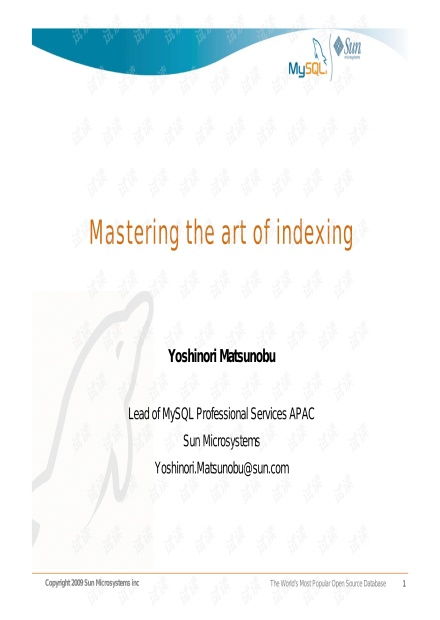Content:
Introduction: Fishing with shrimp rods has become increasingly popular among anglers looking for a unique and exciting way to fish. These specialized rods are designed to target shrimp, but they can also be used effectively for catching a variety of fish species. Whether you are a seasoned angler or a beginner, mastering the art of using shrimp rods for fishing can enhance your fishing experience significantly. In this article, we will delve into the essential techniques and tips on how to use shrimp rods effectively to improve your fishing success.
Understanding Shrimp Rods: Before we dive into the fishing techniques, it's important to understand the basic components of a shrimp rod. Shrimp rods are typically designed with a sensitive tip and a strong backbone, allowing them to detect even the smallest nibbles from fish. They are also usually shorter than regular fishing rods, which makes them more maneuverable in tight spaces. Here are the key features to consider:

- Length: Shrimp rods range from 6 to 10 feet in length, depending on the type of fishing you plan to do.
- Action: The action of a shrimp rod refers to how it bends under pressure. A fast-action rod is best for quick strikes, while a slow-action rod is better for longer casts and more delicate presentations.
- Line Capacity: Ensure that your shrimp rod is compatible with the line weight you plan to use for your specific fishing environment.
- Reel Compatibility: Check that your rod is compatible with the type of reel you intend to use, whether it's a spinning reel or a baitcasting reel.
Techniques for Using Shrimp Rods:
Choosing the Right Bait:
- Live shrimp: These are the most effective bait for shrimp rods, as they mimic the natural prey of many fish species.
- Dead shrimp: If live shrimp are not available, dead shrimp can also be effective, especially in areas with a strong current.
- Artificial lures: Some shrimp rods are designed to work with artificial lures, which can be used to attract a wider variety of fish.
Casting Techniques:
- Hold the rod with a firm grip, but not too tightly, allowing for flexibility.
- Start with a slow and smooth backcast, ensuring the line is straight and taut.
- Bring the rod forward with a quick, flicking motion to complete the cast.
- Practice different casting techniques, such as the overhead cast and the sidearm cast, to find the one that works best for you.
Presenting the Bait:
- Once the bait is in the water, let it sink to the desired depth, depending on the species you are targeting.
- Move the bait in a natural, erratic motion to mimic the movement of a real shrimp.
- Vary the speed and direction of the bait to keep it interesting for fish.
Setting the Hook:
- Be ready to set the hook as soon as you feel a tap or a solid bite.
- For live shrimp, a quick, firm pull on the line can help set the hook.
- With artificial lures, a gentle tug can often be sufficient.
Fighting the Fish:
- Once you've hooked a fish, maintain a steady pressure on the line to bring it to the boat.
- Use the rod's strength to your advantage, applying pressure to tire the fish without breaking the line.
- Keep the rod tip high to prevent the fish from pulling itself free.
Reeling in:
- Once the fish is close to the boat, start reeling in the line slowly and steadily.
- Pay attention to the line's tension and avoid reeling too quickly, which can cause the fish to break free.
Safety and Etiquette:
- Always check the local fishing regulations and obtain the necessary permits.
- Use appropriate tackle to ensure the safety of both you and the fish.
- Be mindful of other anglers and keep your distance to avoid tangles.
- Practice catch-and-release fishing where possible to preserve the fish population.
Conclusion: Using shrimp rods for fishing can be a highly rewarding experience, offering a unique way to catch a variety of fish species. By understanding the key features of shrimp rods, mastering the casting and bait presentation techniques, and following safety and etiquette guidelines, you can significantly improve your chances of success on the water. With practice and patience, you'll be able to enjoy the art of fishing with shrimp rods like a seasoned pro.












